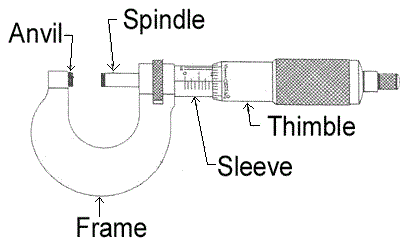DEFINATION:-
A height gauge is measuring instrument used either for determinant the peak of objects, or for marking of things to be worked on.
These measurement tools are employed in metal work or science to either set or measure vertical distances; the pointer is sharpened to permit it to act as a awl and assist in marking out work items.
Devices similar in thought, with lower resolutions, square measure employed in health care settings (health clinics, surgeries) to search out the peak of individuals, within which context they'rereferred to as stadiometers.
Height gauges may be accustomed live the peak of an object by mistreatment the side of the awl because the data point. The data point could also be for good mounted or the peak gauge might have provision to regulate the size, this is often done by slippery the size vertically on the body ofthe peak gauge by turning a fine feed screw at the highest of the gauge; then with the awl set to an equivalent level because the base, the size are often matched thereto. This adjustment permitstotally different scribers or probes to be used, further as adjusting for any errors during a broken or resharpened probe.
These measurement tools are employed in metal work or science to either set or measure vertical distances; the pointer is sharpened to permit it to act as a awl and assist in marking out work items.
Devices similar in thought, with lower resolutions, square measure employed in health care settings (health clinics, surgeries) to search out the peak of individuals, within which context they'rereferred to as stadiometers.
Height gauges may be accustomed live the peak of an object by mistreatment the side of the awl because the data point. The data point could also be for good mounted or the peak gauge might have provision to regulate the size, this is often done by slippery the size vertically on the body ofthe peak gauge by turning a fine feed screw at the highest of the gauge; then with the awl set to an equivalent level because the base, the size are often matched thereto. This adjustment permitstotally different scribers or probes to be used, further as adjusting for any errors during a broken or resharpened probe.
PARTS OF VERNIER HEIGHT GAUGE
- GAUGE BODY
- LOCKING SCREW
- MEASURING CLAWS
- MICROINCHING EQUIPMENT
- BASE




